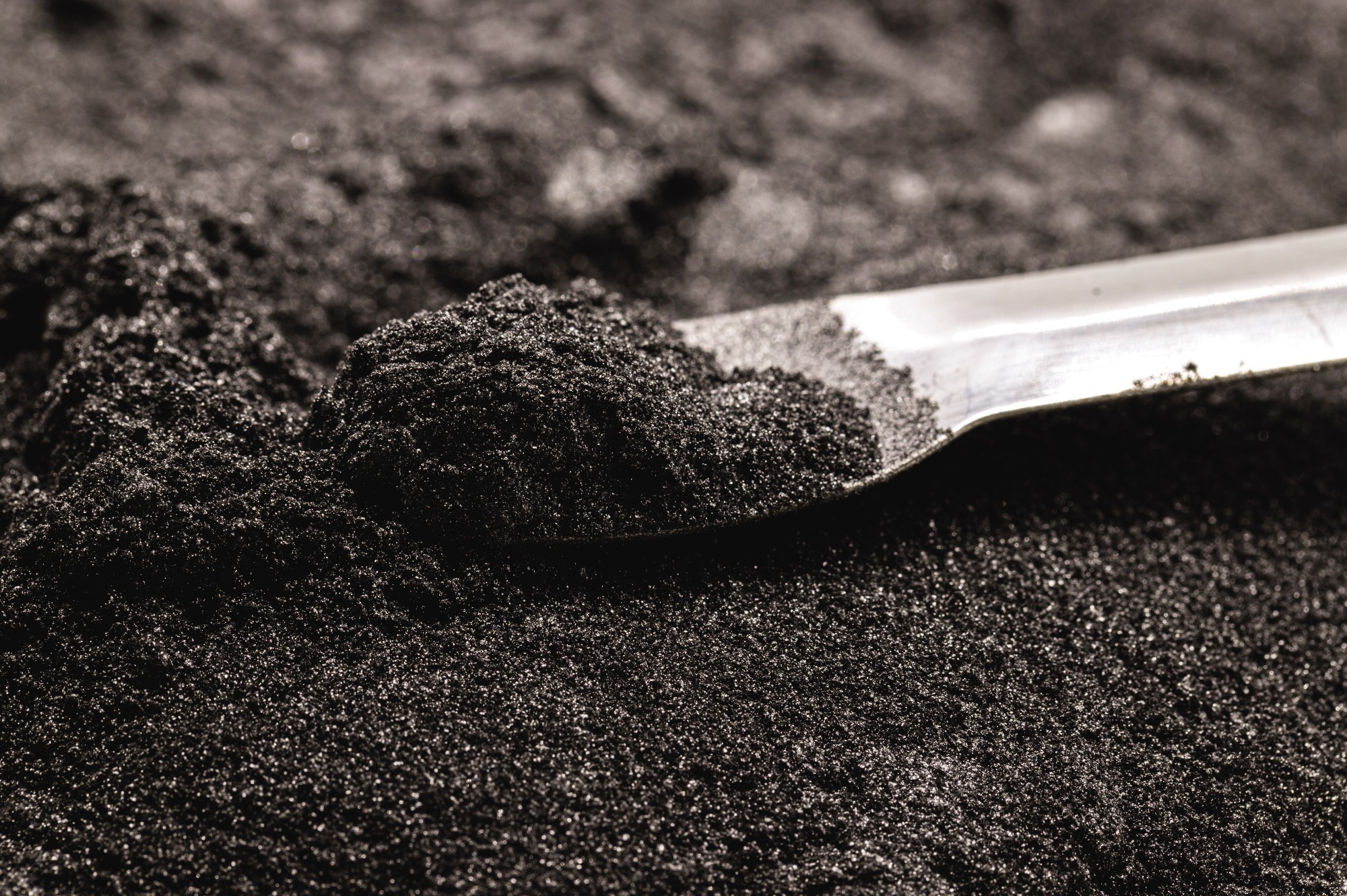A recent article published in Ceramics explored the use of pure water as a transient liquid for cold sintering processing (CSP) of porous α-Al2O3 ceramics. The efficacy of this process was assessed through comprehensive structural characterization of the sintered alumina ceramics.

Image Credit: RHJPhtotos/Shutterstock.com
Background
Porous α-Al2O3 ceramics are widely used in various applications, including filters, substrates, and biomedical materials. These ceramics can be prepared using several methods, such as partial sintering, sacrificial templates, replica techniques, direct foaming, and three-dimensional printing.
Despite the availability of raw materials, these methods often require multiple stages and high sintering temperatures above 1500 °C, leading to high energy consumption, mixed material properties, and the need for expensive equipment.
CSP is rapidly emerging as an energy-saving method for producing ceramics and composites. It ensures the consolidation and sintering of ceramics at extremely lower temperatures than conventional methods.
This study employed CSP to fabricate porous α-Al2O3 ceramics from γ-Al(OH)3 powder. It investigated the influence of processing temperature and pressure on the phase and microstructural changes during the CSP of alumina in pure water.
Methods
The starting materials for CSP were gibbsite γ-Al(OH)3 (95 wt.%) and α-Al2O3 (5 wt.%), characterized by X-ray diffraction (XRD) and scanning electron microscopy (SEM) before sintering.
The alumina mixture was placed in a mold with a circular heater and thermal insulation. Distilled water was added, and the mixture was uniaxially pressed at 90-350 MPa. The pressure was maintained isothermally for 30 minutes while heating to 380-450 °C. After cooling to room temperature, the ceramic sample was extracted from the mold.
The phases in the fabricated ceramic samples were analyzed using XRD. Diffraction pattern profile fitting was performed using the Le Bail method and the FullProf software. Initial structure models were sourced from the Crystallography Open Database, and quantitative phase analysis was performed using the Rietveld method.
SEM was used to study the microstructure, and ImageJ software analyzed particle and grain size distributions. The density and porosity of the ceramics were measured using the Archimedes method with kerosene as the saturating liquid.
Results and Discussion
When γ-Al(OH)3 powder was subjected to pressures above 90 MPa and temperatures exceeding 380 °C in the presence of supercritical water, three different phases were observed in the ceramics processed at 450 °C and 90 MPa: γ-AlOOH (boehmite), χ-Al2O3, and α-Al2O3.
The initial CSP step involved the dehydroxylation of gibbsite, with rapid heating facilitating the formation of boehmite and χ-Al2O3 from coarse gibbsite particles (14 μm). The smaller 1.93 μm gibbsite particles further supported the formation of χ-Al2O3 grains, although higher mechanical pressures eliminated χ-Al2O3 formation.
At 90 MPa, γ-AlOOH formed from gibbsite completely decomposed into α-Al2O3. A single-phase α-Al2O3 materialized from an intermediate boehmite phase at 220 MPa and 450 °C. However, at 350 MPa and 450 °C, α-Al2O3 converted into a minor phase.
The decomposition route of γ-Al(OH)3 was influenced by mechanical pressure, with higher pressure hindering the removal of OH-groups due to increased supercritical water density. Regardless of temperature, α-Al2O3 remained the major phase at 220 MPa. Alternatively, boehmite was the primary phase in the samples prepared at 350 MPa.
Microstructural transformations during CSP aligned with the phase changes observed at various temperatures and pressures. The heat-induced de-hydroxylation of the initial gibbsite resulted in a submicron fine-grained boehmite structure. Further processing led to the coalescence of these grains to form larger plate-like boehmite grains.
CSP facilitated an interaction between solid and water molecules, forming α-alumina, whose grains gradually enlarged and approached their Wulff shape, indicating reduced sintering driving force.
Conclusion
In summary, porous α-Al2O3 ceramics were successfully produced using CSP at 380-450 °C and 220 MPa in pure water for just 30 minutes. This study is reported to be the first to explore the CSP of alumina ceramic in pure water.
The initial γ-Al(OH)3 powder underwent dehydration, forming γ-AlOOH and minor χ-Al2O3 phases. Subsequent processing formed elongated γ-AlOOH grains, coalescing into plate-like structures and finally transforming into α-Al2O3 grains. However, higher pressures prevented γ-AlOOH dehydration and impeded the formation of α-Al2O3.
The resulting α-Al2O3 ceramics exhibited predominantly open-type porosity, reaching 36 %, comparable to ceramics produced by traditional methods. Therefore, CSP-based alumina ceramics offer promising potential for applications such as filters, thermal insulators, and components in polymeric and metallic composites.
Journal Reference
Kholodkova, AA., Kornyushin, MV., Khrustalev, AN., Arbanas, LA., Smirnov, AV., Ivakin, YD. (2024). The Direct Cold Sintering of α-Al2O3 Ceramics in a Pure Water Medium. Ceramics. DOI: 10.3390/ceramics7030067, https://www.mdpi.com/2571-6131/7/3/67
Disclaimer: The views expressed here are those of the author expressed in their private capacity and do not necessarily represent the views of AZoM.com Limited T/A AZoNetwork the owner and operator of this website. This disclaimer forms part of the Terms and conditions of use of this website.